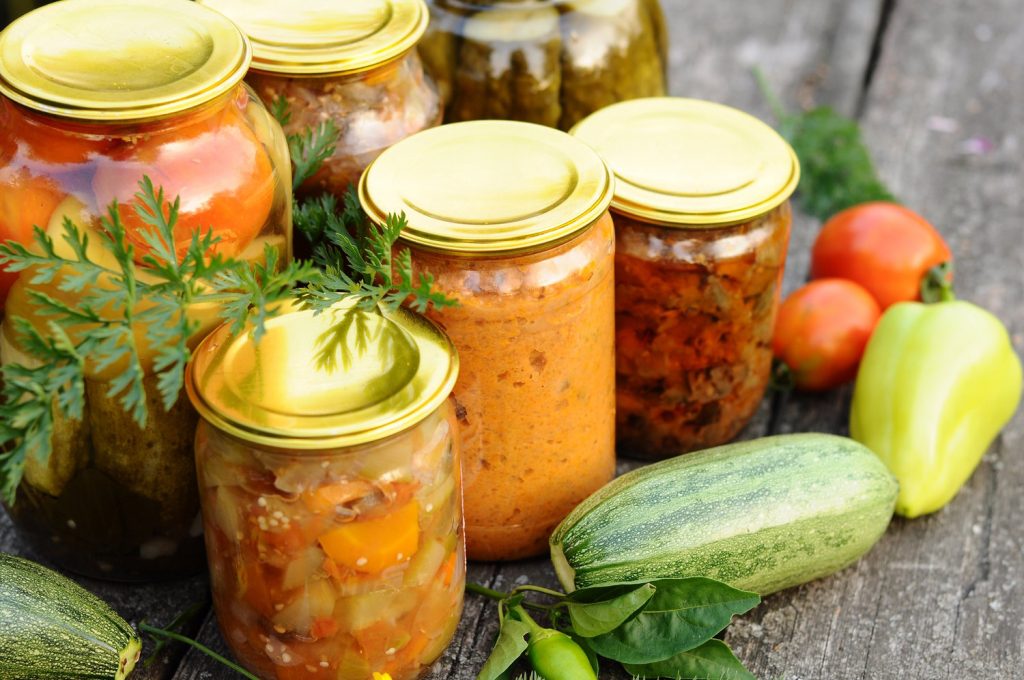Introduction
During certain times of the year, particularly at the end of summer, home gardens can yield a surplus of vegetables such as tomatoes, peppers, and zucchinis. To avoid wasting these bountiful harvests, many turn to the age-old tradition of home canning. By preserving these foods through canning, they can be stored for several months, providing ready-to-eat meals even during off-seasons.
The Traditional Process of Home Canning
The process of home canning often involves washing and cutting the produce, placing them in jars with a liquid such as saltwater or oil, sealing the jars, and then heating them in a water bath. After sufficient time has passed, the jars are removed and left to cool upside down to ensure a tight seal.
While seemingly straightforward, there are crucial aspects often overlooked in traditional home canning practices, which are essential for ensuring the safety of preserved foods.
Risks Associated with Home Canning
Home canning relies on two primary factors for preservation: heat processing to eliminate microorganisms, especially bacteria, and creating a hermetic seal to prevent recontamination. However, if not executed correctly, home-canned foods can harbor dangerous pathogens, with Clostridium botulinum being of particular concern.
Clostridium botulinum is a highly dangerous bacterium capable of producing botulinum toxin, one of the most potent toxins known to humans. Even small amounts of this toxin can cause severe illness or even death. Despite its rarity, botulism poses a serious threat, emphasizing the importance of proper canning techniques.
Understanding the Dangers
It’s common to hear anecdotal evidence of generations safely consuming homemade preserves without incident. While true, it’s essential to consider both the probability and severity of the risk. Although botulism cases related to home canning are relatively rare, the consequences can be severe, warranting careful attention to canning practices.
Key Precautions for Safe Home Canning
Before delving into the canning process, it’s crucial to establish proper hygiene practices:
- Cleanliness: Hands, utensils, and kitchen surfaces must be thoroughly cleaned and dried.
- Sterilization: Jars and lids should be sanitized by boiling them in water for 15 minutes and then air-drying. Additionally, lids should be new to ensure a tight seal.
- Food Preparation: Ensure that the produce is clean and in good condition. For vegetables and fruits, washing and disinfecting are recommended, followed by drying with paper towels.
The Role of Heat Treatment
Once the ingredients are prepared and packed into jars, the next critical step is heat processing. Proper heat treatment involves considering both time and temperature, with the acidity of the food determining the conditions required.
For low-acid foods like meat, fish, or legumes, special attention is necessary, as the spores of Clostridium botulinum can germinate in low-acid environments (pH>4.5). Using a pressure canner is recommended for these foods, as it can reach temperatures higher than 100°C, effectively eliminating harmful bacteria.
In contrast, high-acid foods such as citrus fruits or tomatoes can be safely processed using a water bath, where jars are submerged in boiling water for one to two hours. However, it’s advisable to measure the pH of the food, as variations may affect safety. When in doubt, acidification with citric acid or acidic foods like vinegar or lemon juice is recommended.
Ensuring Safety in Consumption
Once the canning process is complete, proper labeling is essential, including the contents and date of preparation, as home-canned goods typically have a shelf life of one year.
In cases where the canning process may have been inadequate, there’s a risk of Clostridium botulinum spores surviving and producing toxins during storage. Despite the absence of visible signs, it’s crucial to understand that the presence of botulinum toxin does not alter the appearance, odor, taste, or texture of the food, making visual inspection unreliable.
To mitigate this risk, it’s recommended to heat the food for ten minutes at 80°C before consumption, as heat can destroy any toxins present. Additionally, once opened, canned goods should be refrigerated and consumed within three days to ensure safety.
Conclusion
In conclusion, while home canning offers a rewarding way to preserve seasonal harvests, it’s essential to prioritize safety throughout the process. By adhering to proper hygiene practices, understanding the principles of heat treatment, and taking precautions in consumption, homemade preserves can be enjoyed safely. With attention to detail and a commitment to safety, home canning can continue to be a cherished tradition for generations to come.
